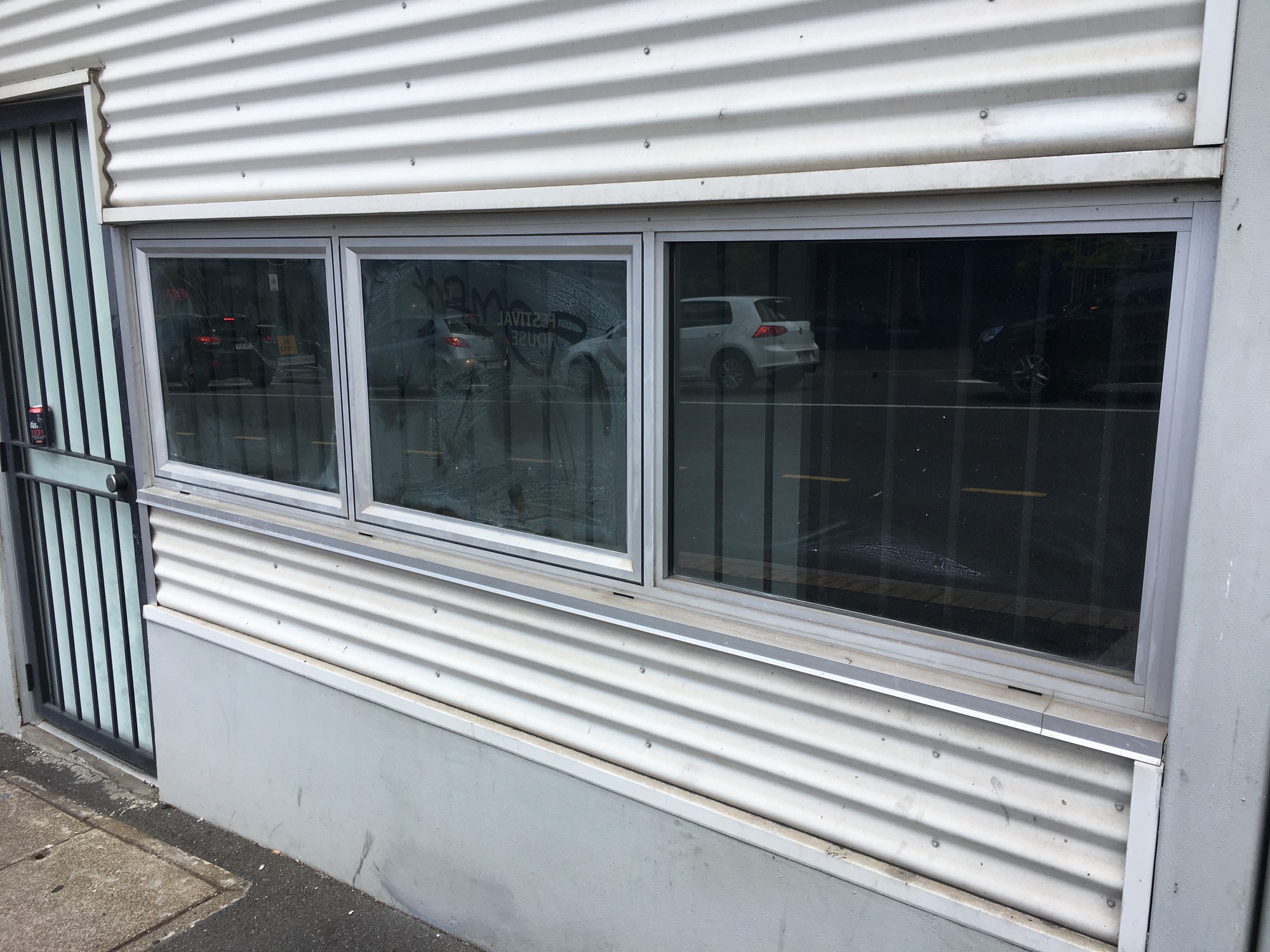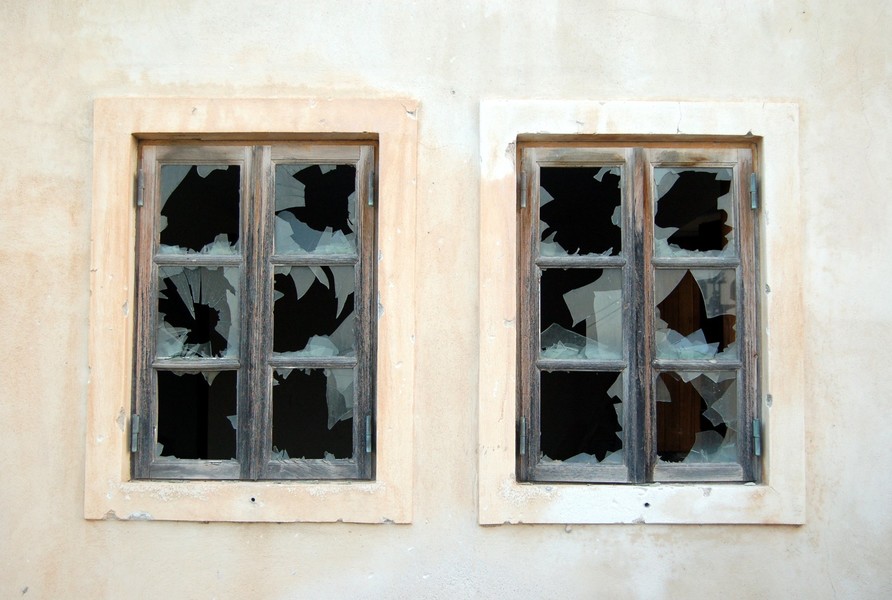Bringing Big Apple thinking to your facilities management strategy
According to Broken window theory, there is a direct link between the level of disorder and incivility within community to subsequent occurrences of serious crime – in other words the little incidents like broken windows end up leading to major issues and serious crimes.
Now the theory has its supporters and critics, but at Quoject FSN we believe that at its most simple – fix the little issues to take care of the big problems – the theory is at the heart of good facilities management and we regularly put the theory into practice across our property portfolio.
At Quoject FSN, we look after a high touch facility in Fortitude Valley that needed a little bit of big apple thinking applying to its maintenance and management; thinking that has made a huge impact for tenants, users and owner.
The Challenge
When we took over management of the site we were aware of a number of safety and security challenges that, in isolation could seem trivial, but as a whole were having a significant impact on the experience of our tenants through reduced footfall, poor center reputation and
We took a helicopter view of the centre to identify all the points of risk and the simple solutions that could be put in place to cost effectively bring the centre up to the expectations of each of Quoject FSN’s stakeholders. And at the heart of the centre’s safety and security issues was something as simple as the bin enclosure.
At the centre, the bin enclosure was permanently unlocked. As a result, it became a magnet for:
- Illegal dumping
- Wildlife
- Drug dealers
- Rough sleeping
As a result, there were implications for tenants who didn’t feel safe dumping their rubbish and for health and safety due to human waste and unsafe needle disposal. The bin enclosure had become a magnet for everything a centre, its tenants and customers did not want.
The Solution
By taking a helicopter view and the time to understand cause and effect of poor management, a very simple problem was addressed to create a whole of centre solution, that sent a clear message to the local area that our property was not a shelter, dumping ground or home to dealers and users.
- Step 1 – Communication – We briefed tenants on the plans for change and our proposed upgrades and clearly communicated the commercial benefits of the approach
- Step 2 – Secure the bin enclosure – We put a lock on the enclosure and implemented clear waste disposal policies for tenants and provided them with access to the enclosure
- Step 3 – We put in place a policy to dispose of any bedding and property being stored in the centre
- Step 4 – We overhauled the centre’s lighting to provide improved security and safety for users and greater visibility of activity

As a result, we are seeing increased traffic, our tenants are happier, out client is delighted and our users have an improved experience that means that they use the services of our tenants.
At Quoject FSN, we fully understand that in facilities management, the little things drive the big issues and through our proactive approach to understanding cause and effect, we save our clients time and money.
We’ve also put in places measures to support the homeless community who were impacted by our change, but more about that in an upcoming blog, because change has to be about trying to help, not just moving a problem.
If you’d like Quoject FSN to fix your broken windows, contact Annabel on 1300 225 565.
Broken Window Theory
Broken Windows Theory was most successfully applied in New York in the 1990s.
Broken windows theory had an enormous impact on police policy throughout the 1990s and remained influential into the 21st century. Perhaps the most notable application of the theory was in New York City under the direction of Police Commissioner William Bratton. He and others were convinced that the aggressive order-maintenance practices of the New York City Police Department were responsible for the dramatic decrease in crime rates within the city during the 1990s. Bratton began translating the theory into practice as the chief of New York City’s transit police from 1990 to 1992. Squads of plainclothes officers were assigned to catch turnstile jumpers, and, as arrests for misdemeanours increased, subway crimes of all kinds decreased dramatically. In 1994, when he became New York City police commissioner, Bratton introduced his broken windows-based “quality of life initiative.” This initiative cracked down on panhandling, disorderly behaviour, public drinking, street prostitution, and unsolicited windshield washing or other such attempts to obtain cash from drivers stopped in traffic. When Bratton resigned in 1996, felonies were down almost 40 percent in New York, and the homicide rate had been halved.
CEO of Quoject Etender Network | Real Estate Agent | SaaS Software
Talks about #proptech #quotingplatform & #startups
Another passion of mine is supporting companies that are delivering solutions that not only help the environment, but also serving humanity, Nev House www.nevhouse.com.au is a company we are supporting and involved in.
If you're looking for an experienced speaker at your event or have a collaboration that helps deliver my vision for the future of property, then please contact me.














